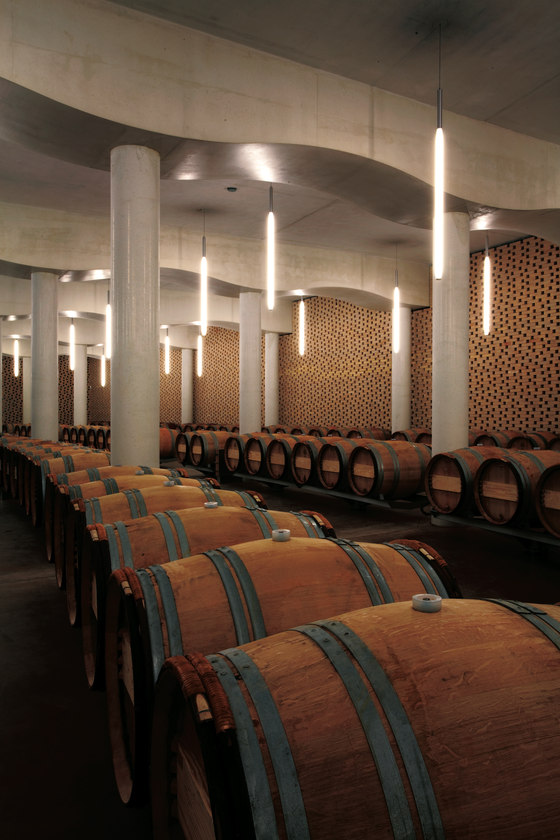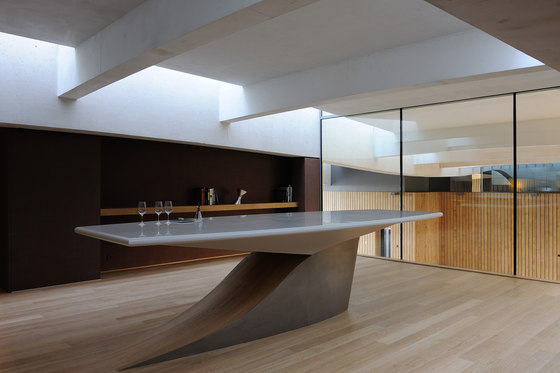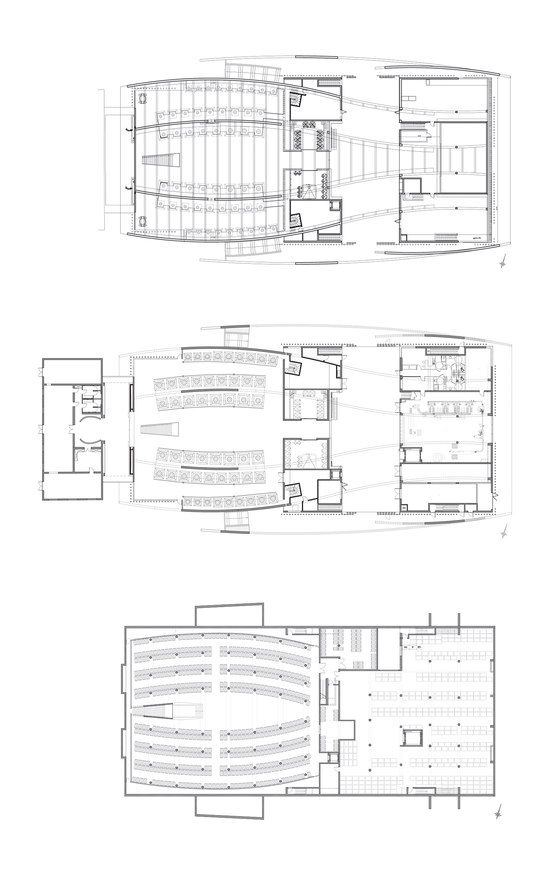Cheval Blanc,
a patchwork terroir
There are some exceptional wines in the world. Cheval Blanc is one of them.
Its unique and geologically complex terroir bears witness to a history that dates back to the beginning of the Quaternary Period and the sediments of the nearby river Isle. The patchwork terroir consists of clay, sand and gravel. The unusual proportion of Cabernet Franc, combined withMerlot, gives Cheval Blanc a unique and timeless identity, producing a wine which has the capacity to be good at any age. That subtle association and perfect complementarity give Cheval Blanc its distinctive character, a combination of power and elegance. When referring to it, people sometimes speak of absolute art.
The single sweep of the Cheval Blanc vineyard assumed its final form in 1871. The wine obtained premier Grand Cru classé « A » classification in 1954, a supreme distinction that has since been regularly confirmed in every decade. Bernard Arnault and Baron Frère acquired the estate in 1998, bringing a breath of elegant modernity and new vitality. They maintained Pierre Lurton as general manager of the Château. He continues to preserve the wine's identity and style while at the same time ensuring a high level of environmental and ecological awareness. Every action is the result of measured reflection. Technology never has the last word over people whose know-how draws on a wealth of history, tradition, skill and talent.
The parcels of vines, tended like a Japanese garden, are planted with two varieties,Merlot and Cabernet Franc. Cheval Blanc may justifiably be regarded as « Haute Culture » applied to wine.
When Baron Frère and Bernard Arnault decided to endow the estate with a new winery, they aspired to excellence and sought to break new ground. The vinification of Cheval Blanc is a traditional business, consistent with a perpetual quest for harmony and balance. It involves parcel management and respect for the cycle of the vine, constant adaptation to the nature of the grape and thoughtful, measured and considered attention to every action. The programme takes account of the specific features of individual parcels, as well as exacting standards and respect for nature. But the owners also wanted something that would anticipate the future while blending into a historic landscape, since Saint-Émilion is a UNESCOWorld Heritage Site. It was a challenging mission that called for a rare combination of talents.
The winery by Christian de Portzamparc
The challenge was taken up by Christian de Portzamparc.
The first French winner of the Pritzker Prize in 1994, the architect considers that the truth of space cannot be dissociated from the imprint of time. The harmonious relationship between inside and outside has also been a constant source of inspiration.
In the heart of the vineyard, the "winery under the hill" initially looks like a promontory extending the château, a lifting of the earth, raised by sails of concrete towards the light and the sky. From a vantage point that seems to float in the air, the eye takes in the swathes of vines and the age-old history of the landscape.
A hill or a hanging garden floating over the vines?What gives the site a certain grace is a discreet cantilever effect suggestive of a pendulum, the geometry of the curved surfaces and their living substance of muted white moulded concrete, the unique atmosphere that derives from the natural light descending earthwards inside the vat house, between the contours of the great concrete vats. This refusal of enclosure, even though inherent in the material, is a remarkable innovation: the "winery under the hill" is a place of concentration, almost of meditation, and yet open to what surrounds it, being as permeable to the light of the vineyard as to the coming and going of workers and visitors. Between inside and outside, the winery is a place of transmutation and human interaction.
That grace also derives from the desire, in evidence all around, for perfect harmony between the place and its purpose. And that is probably where the elegance comes from: we are in the place where an exceptional wine is made, among the sublimated instruments of a highly demanding task that calls for skills to match. No line here is superfluous: everything contributes to the perfection of the actions involved, and it shows.
The technology is therefore treated as such: necessary facilities, not objects of ostentation. There are 52 vats because that is what parcel selection requires, and they are made of concrete. If the walls are of mashrabiya, it is to facilitate natural ventilation. The lighting is sober because it does not seek display or decoration.
In fact, everything has been designed to replace energy-hungry systems with economical solutions. As a result, the winery is one of the few buildings in the wine business to have High Environmental Quality (HQE) certification, meeting particularly demanding criteria relating not only to the environment but also to the type
of materials used, to water, energy and waste management, controlled hygrometry, acoustic, visual and olfactory comfort and the well-being of the people who work there.
It is the brand-new vision of a place and a long tradition. With boldness, high talent and a sensuality made visible, Cheval Blanc looks to the future.
Atelier Christian de Portzamparc
Phase Concours/APS:
Etienne Pierres, architecte chef de projet
Agnès de Bondy, Thierry Damez, André-Jacques Bodin, Paul Chaulet, Guillaume Letschert
Phase DCE/Chantier
Etienne Pierres, Daniel Roméo, architectes chefs de projet
Bruno Durbecq, Lisa Pizzini, Odile Pornin, Isabelle Ragot
Paysagiste: Meristeme/Régis Guignard
Maître d’oeuvre d’exécution: Olivier Chadebost, architecte
Eclairagiste: Captain Spot/Jean-Bernard Favero-Longo Aartill
Acousticien: Point d’Orgue















































